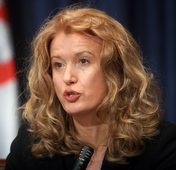- Serbia
Get to know Serbia
- Citizens
Culture and science
Health services
Pension and disability insurance
- Business
Employment
Economy
- Media
- Government
- Contact
Keep in touch
Contact form
Back
Keepin touch
Whether you have a question, comment, suggestion or any problem in the purview of the government, send us your message and we will try to respond as soon as possible. If your problem is not in our purview, we will forward your message to the relevant institution.
Q:
A:
Draft national strategy for improving women’s position presented
Belgrade,
31 January 2008
State Secretary at the Serbian Ministry of Labour and Social Policy Snezana Lakicevic-Stojacic said today that the strategy for improving the position of women must improve the economic position of women, give them access to higher education and allow them to play a stronger role in political and public life.
Speaking at a press conference, Lakicevic-Stojacic explained that state organs, international and non-governmental organisations and trade unions took part in drafting the national strategy for improving the position of women and promoting gender equality, which defines the policy of equal opportunities for the period from 2008 to 2014.
She said that committees of the Serbian parliament are now debating the draft, and specified that women represent only 20% of the members of parliament, whereas at least a third of the parliament members should be women.
According to Lakicevic-Stojacic, the situation is no better in local assemblies. A higher number of women should also be present in executive bodies in Serbia, a country where women make up 52% of the population.
The national strategy for improving the position of women and promoting gender equality is a Serbian government document and a basic instrument for mobilising the country’s social resources to establish equality.
A few of the areas that the strategy will focus on are education, women’s health and improving women’s position in the health policy.
Prevention of violence against women, providing protection to victims, countering gender stereotypes in the media and promoting gender equality in general are the goals of this strategy. Special attention has been paid to the needs of women with disabilities, women who head families; belong to the Roma minority and those living in rural areas.
The sector for gender equality at the Ministry of Labour and Social Policy, the Serbian Sex Equality Council, and several NGOs participated in drafting the national strategy for improving the position of women.
She said that committees of the Serbian parliament are now debating the draft, and specified that women represent only 20% of the members of parliament, whereas at least a third of the parliament members should be women.
According to Lakicevic-Stojacic, the situation is no better in local assemblies. A higher number of women should also be present in executive bodies in Serbia, a country where women make up 52% of the population.
The national strategy for improving the position of women and promoting gender equality is a Serbian government document and a basic instrument for mobilising the country’s social resources to establish equality.
A few of the areas that the strategy will focus on are education, women’s health and improving women’s position in the health policy.
Prevention of violence against women, providing protection to victims, countering gender stereotypes in the media and promoting gender equality in general are the goals of this strategy. Special attention has been paid to the needs of women with disabilities, women who head families; belong to the Roma minority and those living in rural areas.
The sector for gender equality at the Ministry of Labour and Social Policy, the Serbian Sex Equality Council, and several NGOs participated in drafting the national strategy for improving the position of women.
-
 Belgrade, 22 January 2025
Belgrade, 22 January 2025Egypt one of Serbia’s closest partners on international stage
-
 Belgrade, 9 July 2024
Belgrade, 9 July 2024Support for 104 associations in diaspora that preserve Serbian language, culture
-
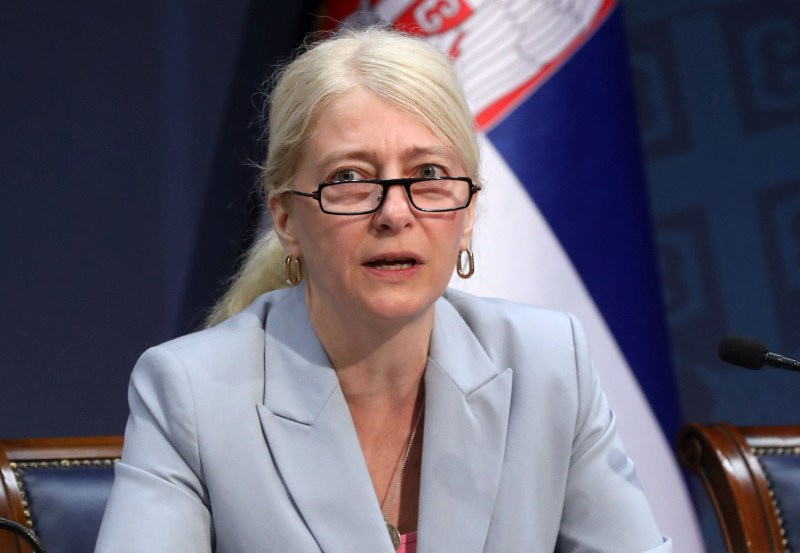 Belgrade, 15 April 2024
Belgrade, 15 April 2024Competition for StarTech grants open until 31 May
-
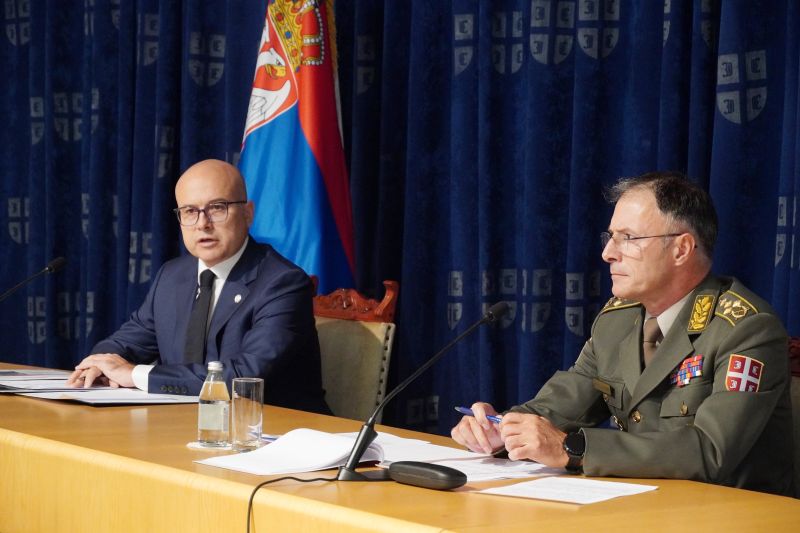 Belgrade, 2 October 2023
Belgrade, 2 October 2023Serbia respects Resolution 1244 and will do everything to preserve peace
-
 Belgrade, 13 September 2023
Belgrade, 13 September 2023Day of Serbian Unity to be celebrated outside borders of Serbia, Republika Srpska for the first time
-
 Belgrade, 8 August 2023
Belgrade, 8 August 2023RSD 24.2m in state aid paid out to citizens affected by storm
-
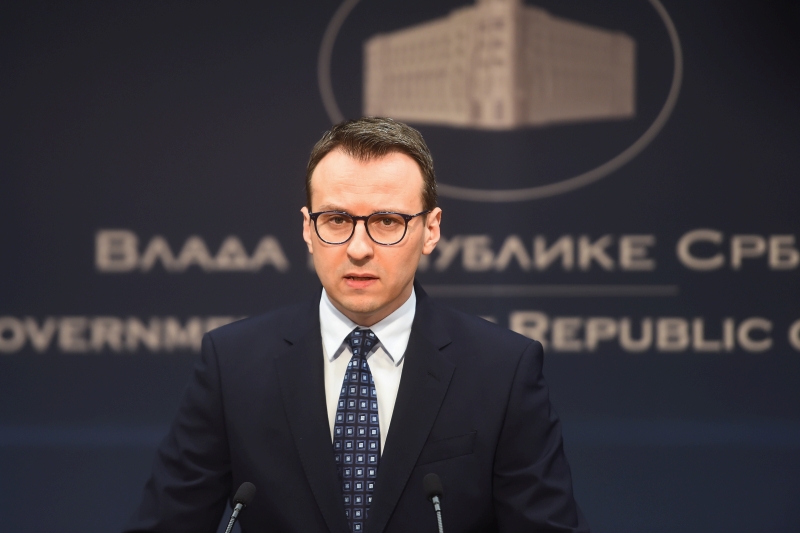 Belgrade, 17 June 2023
Belgrade, 17 June 2023Belgrade is doing everything to preserve peace in Kosovo and Metohija
-
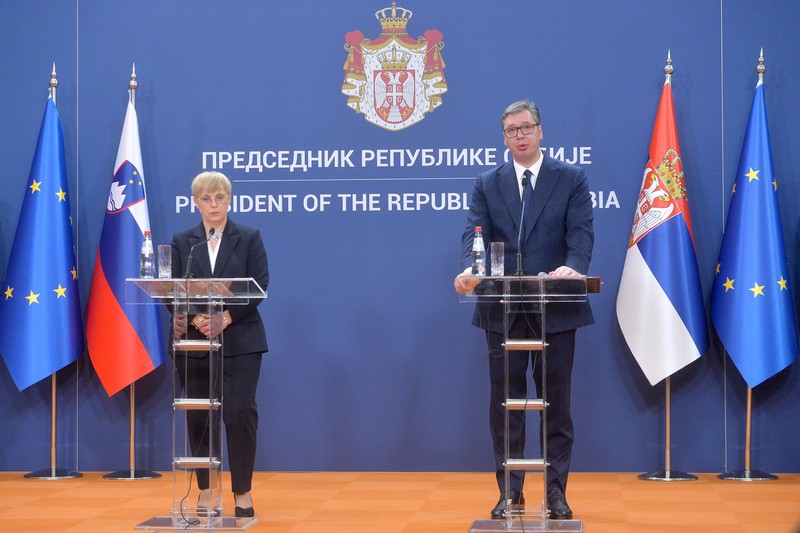 Belgrade, 15 June 2023
Belgrade, 15 June 2023Slovenia will continue to support Serbia on its way to EU
-
 Belgrade, 5 May 2023
Belgrade, 5 May 2023Emergency measures, tightening of conditions for possessing weapons
-
 Belgrade, 3 May 2023
Belgrade, 3 May 2023Three days of mourning in Serbia over tragedy at Vladislav Ribnikar primary school

